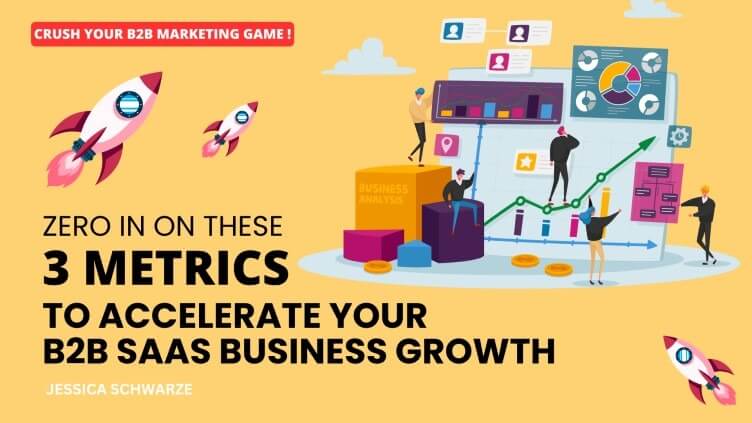In the past, I naively believed that being the best meant doing the most number of things. I took pride in showcasing the extensive number of campaigns I ran with the team, for example, and constantly strived to increase that figure. Leaders and peers would acknowledge my efforts, and I would revel in their praise. For years, this was how I validated my value — the more, the better.
However, it was during my collaboration with Anneliese Schulz, at the time the regional president, and myself as the regional head of marketing that I discovered the true power of focus. Anneliese consistently identified areas of focus and was strategic to eliminate areas that didn’t yield returns, bringing the 80-20 rule to life. The key to success, she taught me, lies in excelling at a few priority initiatives and eliminating areas and go-to-market motions that fail to deliver desired outcomes or were not aligned with the company’s priorities.
Applying this principle to marketing strategy development, I would like to share three of the many metrics (outside of the traditional marketing metrics) that I believe to be remarkably valuable for marketers in B2B SaaS specifically to scale and accelerate growth.
Metric 1: Product Analysis/ Feature Usage
Understanding how customers interact with your product provides invaluable insights that shape not just your product roadmap and pricing strategies, but also your overall marketing approach. The integration of data from both product and marketing analytics opens up a world of opportunities.
By meticulously analyzing feature adoption and usage across the different market segments, you can identify the specific feature that delivers the highest value to your customers. This data-driven approach becomes the bedrock of your marketing strategies, enabling you to deliver personalized journeys for distinct personas, leveraging attribution data, and employing effective engagement techniques to boost conversions. At the heart of this is developing powerful content based on your findings categorized by the various segments*. This approach enhances customer satisfaction and fosters a stronger connection between your brand and the users.
(*I use “segments” loosely in this article. They can refer to business size, geography, industry, buyer profile, or a combination of them)
Metric 2: Customer Lifetime Value (CLTV)
CLTV represents the total dollar amount you can expect to receive from an individual customer over a specific period.
A key goal in looking into CLTV is to replicate your most valuable customers, customers that are the most profitable and the most satisfied. By examining CLTV data, you can identify your top customer personas and build a lookalike list of accounts and contacts to target. Armed with this knowledge, you can strategically shape your marketing strategies to focus on your most lucrative opportunities and allocate resources and efforts toward acquiring high-value customers. (For those eager to dive deeper into this topic, I’ve dedicated an entire chapter in my book on “Getting to Know Your Dream Buyers.” Understanding your target audience should be at the heart of your marketing efforts). Pro tip: Focus first and foremost on accounts and personas in your target account list that show signals of interest in your product or solution – either they are actively engaging in your content (or on your competitors’ content) or their interest is identified via intent data tools/ surveys.
CLTV also offers insights into customer acquisition spending. While the cost of acquiring a customer might initially outweigh their first purchase value, CLTV considers the long-term value they bring to your business. By calculating CLTV, you can determine the true worth of each customer and make actionable decisions about your acquisition strategies, including your marketing investment.
Metric 3: Churn Analysis
By delving into the churn data, we can answer important questions: What percentage of customers are leaving? Why are they leaving? Are there commonalities between them? Which customers are most likely to churn next? And, most importantly, what can be done to reduce churn?
Comparing customer churn rates over different segments and analyzing key performance indicators (KPIs) can unveil valuable information about the causes of churn. What are the specific pain points and areas for improvement? This granular data empowers marketers to develop targeted strategies that address the unique needs of each segment.
Churn analysis also sheds light on how to improve communication with customers. There are tools available to track customer engagement with your product AND marketing content at every stage of the customer journey.
Sometimes, the issue lies not with the product, but with the customer experience throughout their journey. With this valuable insight, you can deliver a more personalized experience that aligns with customer expectations.
(Related to this subject, I also dedicated a full chapter on maximizing customer retention in my book. The chapter is called “Keeping Customers Back for More”)
Armed with a deep understanding of these key data metrics by market segment, you are now equipped to pivot your marketing strategy and drive growth. The insights gained from analyzing feature usage, customer lifetime value, and churn can be your guiding compass to identify the greatest potential for scaling, and strategically investing your marketing resources where they matter most.
So everyone, let’s leverage the power of focus and enable growth like you have never seen before!

